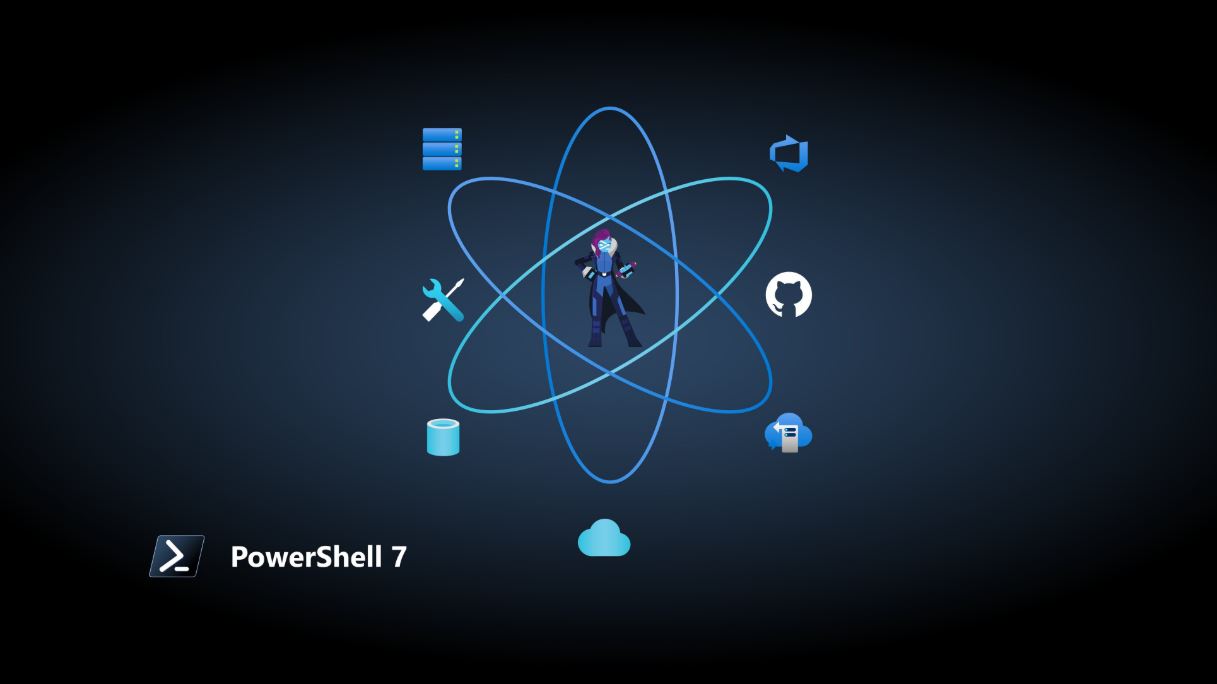You can now update PowerShell 7 via Windows Update
2 min. read
Published on
Read our disclosure page to find out how can you help MSPoweruser sustain the editorial team Read more

Microsoft today announces that they are taking the first steps to making PowerShell 7 easier to update on Windows 10 and Server.
In the past, Windows users were notified in their console that a new version of PowerShell 7 is available, but they still had to hop over to the GitHub release page to download and install it, or rely on a separate package management tool like the Windows Package Manager, Chocolatey, or Scoop.
Now with updates via Microsoft Update, users will get the latest PowerShell 7 updates directly in your traditional Windows Update (WU) management flow, whether that’s with Windows Update for Business, WSUS, SCCM, or the interactive WU dialogue in Settings.
Support is available today in the latest PowerShell 7.2 previews. Because of the large changes and validation required to get this to work, Microsoft will publish updates only for future releases including version 7.2 preview 5 or newer to 7.2 preview 7.
To opt-in and test the new feature, you will need to have Windows 10 RS3 (10.0.16299) or newer installed, as well as PowerShell 7.2 preview.5 or preview.6 installed. You’ll also need to ensure that your machine is set up to receive Microsoft Update updates. (On Windows 10, this is done by going to Settings -> Windows Update -> Advanced options and checking “Receive updates for other Microsoft products when you update Windows.” Next, you’ll need to make sure not to update to the latest 7.2 preview.7 or greater using the MSI. Finally, you’ll need to add a specific registry key to opt-in to Microsoft Update usage for PS7. See Microsoft’s blog post for all the details.
Microsoft will begin the Microsoft Update publishing process once we release an update to GitHub.
Going forward we are working to remove the need to manually add the UseMU registry value. Read more at Microsoft here.
via BleepingComputer








User forum
0 messages